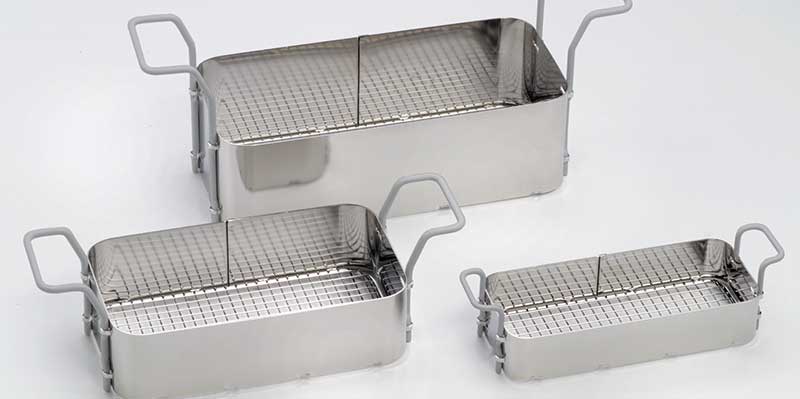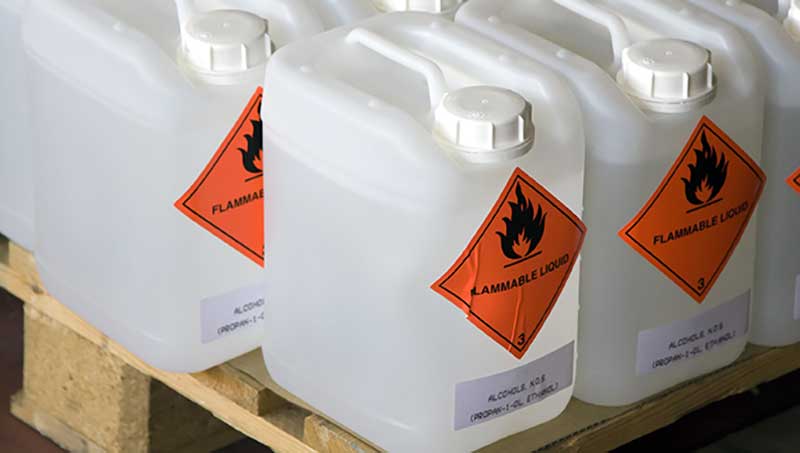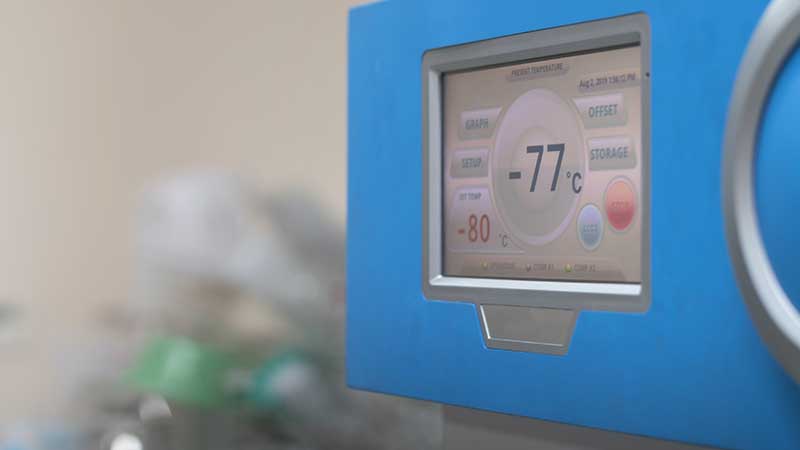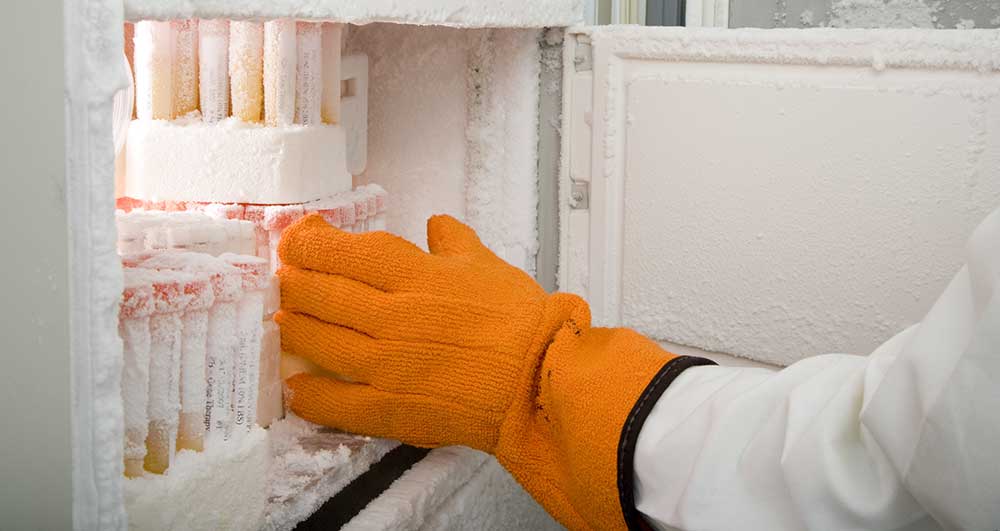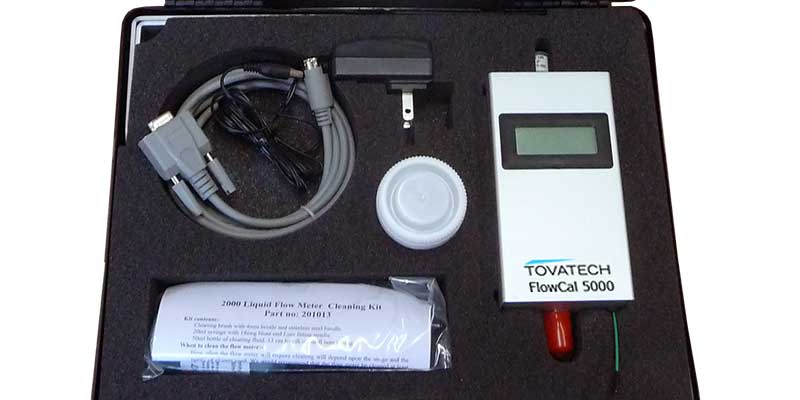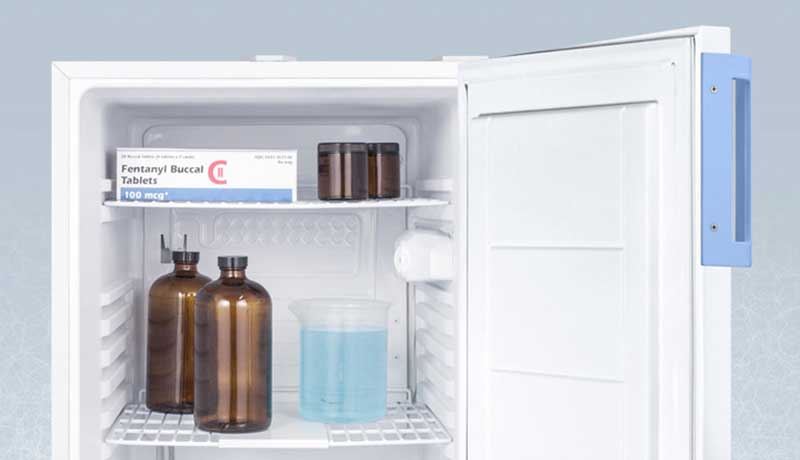Posts by Rachel Kohn
Ultrasonic Cleaner Accessories Boost Cleaning Efficiency
Lab Applications for Ultrasonic Cleaning Equipment
Elma – the specialists for ultrasonic technology work in close cooperation with the customers to develop new ultrasonic cleaning processes for laboratory applications, such as analyzing, sample processing and cleaning of laboratory instruments. The range of our ultrasonic units is optimized for use in laboratories. The Elma units are indispensable both for research and for…
How to Judge Precision Weighing Scale Accuracy
Ultrasonic Cleaning with Flammable Solvents
Cleaning with flammable solvents requires extreme caution in any case but ultrasonic cleaning with flammable solvents requires specially designed equipment and procedures. That’s because of the real danger of a fire or explosion if spilled solvent or vapors are ignited by sparks from internal electronics or external sources. This post describes equipment to use and…
How To Maximize Lab Storage Using A Dual-Compressor Refrigerator-Freezer
Using OK-Sonic Bath Monitors for Medical Ultrasonic Cleaner Performance Validation
OK-Sonic Bath Monitors for medical ultrasonic cleaner performance validation strips provide added assurance that your ultrasonic cleaner is doing its job. In its “Guideline for Disinfection and Sterilization in Healthcare Facilities” the CDC notes “Ultrasonic cleaning removes soil by cavitation and implosion in which waves of acoustic energy are propagated in aqueous solutions to disrupt…
When and How to Specify an Ultra-Low Freezer
At this posting Phase 3 clinical trials are underway for COVID-19 vaccines, some of which call for an ultra-low freezer for storage and transport. Examples described in a September Wall Street Journal article notes the unusually cold storage temperatures – as low as -80⁰C – required. Covid-19 vaccine candidates are one of many applications for…
Low-Temperature and Ultra-Low Temperature Freezers for Covid-19 Vaccines
A question posed in the September 5-6, 2020, Wall Street Journal asks “do we have enough freezers?” This relates to the unusually cold storage temperatures – as low as -80⁰C – recommended by certain producers of Covid-19 vaccine candidates in Phase 3 clinical trials. Proper vaccine storage temperatures have always been a concern as evidenced…

